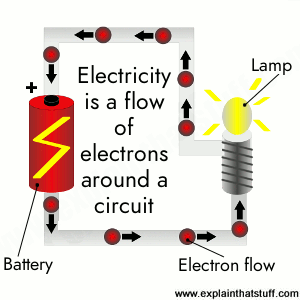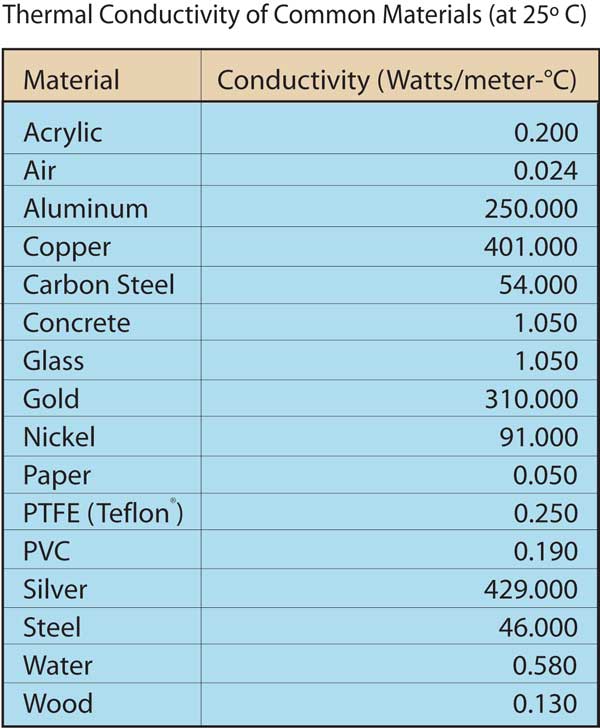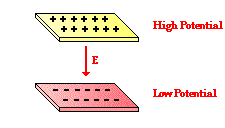What
is electricity? A basic
definition of electricity is a form of energy that
results from the flow of charged particles. Electricity
being the flow of moving electrons, it should be known
this produces a resultant called electrical current. This
current allows objects to work in tangent with each other
by flowing through conducting materials connecting them.
The path that the electrons flow through is called a
circuit. Circuits connect all of our electronic devices
allowing us to live the way we do today. Courtesy of http://www.explainthatstuff.com/electricity.html |
"Electricity can travel
through something when its structure allows electrons to
move through it easily. Metals like copper
have "free" electrons that are not bound tightly to
their parent atoms. These electrons flow freely
throughout the structure of copper and this is what
enables an electric current to flow. In rubber, the
electrons are more tightly bound. There are no "free"
electrons and, as a result, electricity does not really
flow through rubber at all. Conductors that let
electricity flow freely are said to have a high conductance and
a low resistance; insulators that do not allow electricity to
flow are the opposite: they have a low conductance and a
high resistance (Woodford, 2016)." Table From
http://www.extron.com/company/article.aspx?id=thermalmgt1_ts
|
Putting it all
together we can use this knowledge to see what it takes to
make an electrical circuit.
Illustration by --> http://www.physicsclassroom.com/class/circuits/Lesson-2/What-is-an-Electric-Circuit  & flow of charge
 The gif above
illustrates the direction the flow would move, and how
the charges would be used up over time. You can see
that the positive charges are attracted towards the
negative charges. The overall charge of the system
would be used up over time because the circuit is not
in a closed loop, so the energy isn't conserved.
|